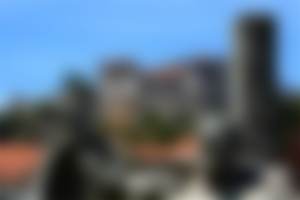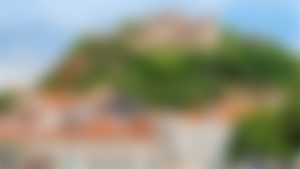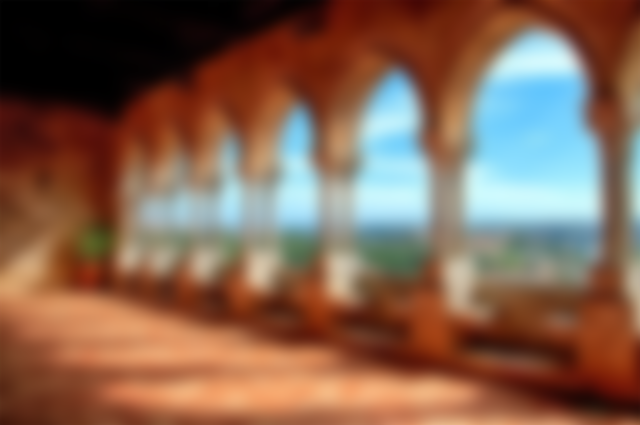The Castle of Leiria was ordered to be built by D. Afonso Henriques, as a way of establishing a defensive line against the Arabs, but his wars with Galicia made the Arabs take advantage of the displacement of the armies of the Portucalense County to the north, to, twice, get hold of Leiria.

In 1142, after finally regaining Leiria, D. Afonso Henriques reinforced the castle's defenses and D. Sancho I, already around 1195, ordered the city walls to be erected.


The importance of this city grew, becoming the scene of important acts, such as the meeting of the first courts, called by D.Afonso III, it was the residence of D.Dinis and Queen Santa Isabel, a new meeting of cuts in the reign of D.Fernando and D.João I celebrate their son D.Afonso wedding there, and also launched the construction works for the new Paço da Rainha.



Over the centuries, the castle gradually lost its military value and during the French invasions it was badly damaged, only at the end of the XIX century, on the initiative of the Friends of the Castle, restoration works began and in the beginning of the XX century, it was classified as National Monument.

Restoration works on this monument were carried out throughout the XX century, some undone previous work, considered to be not very rigorous and in 1990, interventions were carried out.

On the side aisles, there are several tombs from the Gothic period (13th-14th centuries), one of the most notable being that of D. Vataça (or Betaça) Lascaris, a Byzantine lady who arrived in Portugal at the beginning of the 14th century, following D. Isabel de Aragon, who was coming to marry King D.Dinis.


















Beautiful!